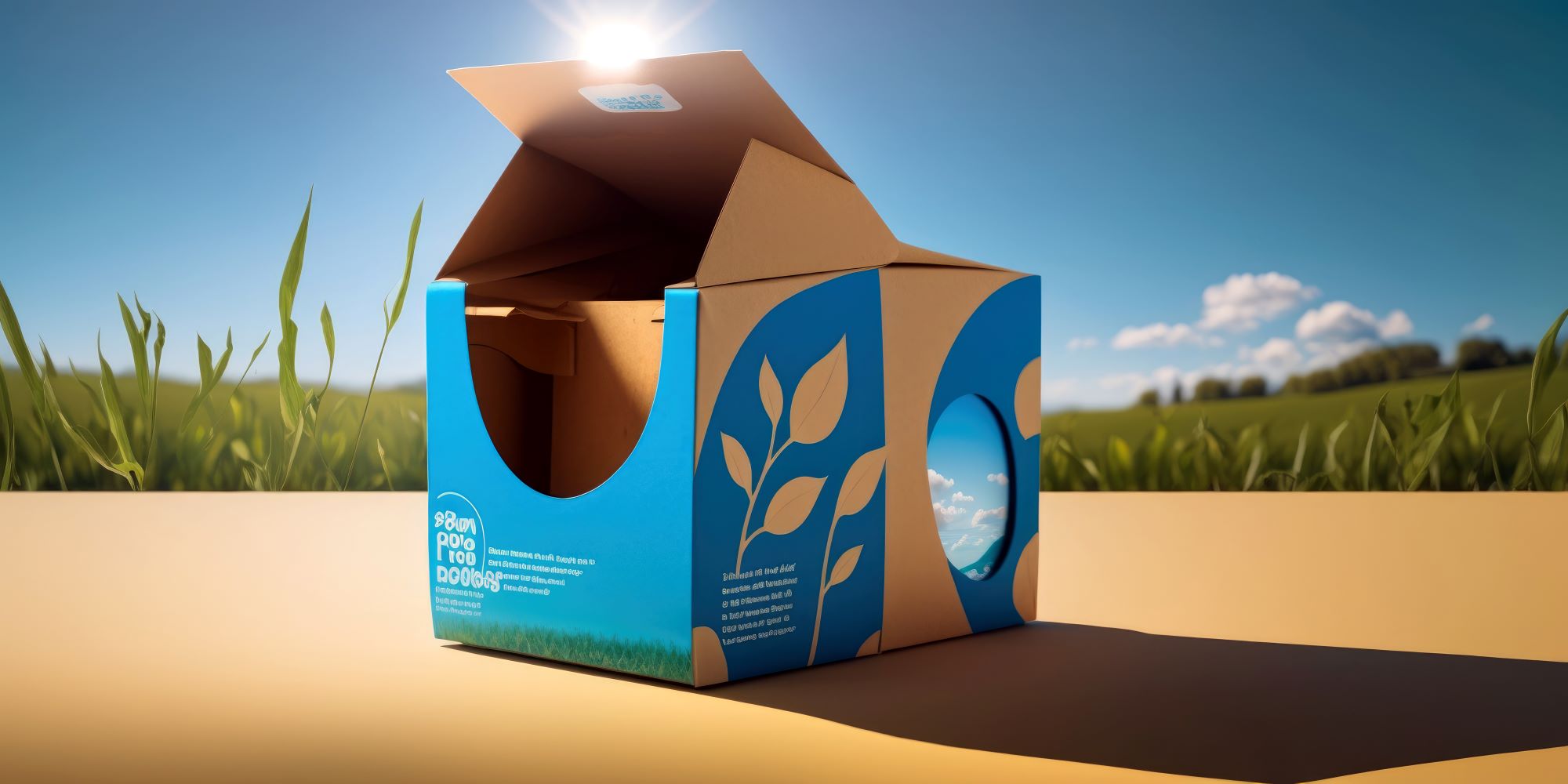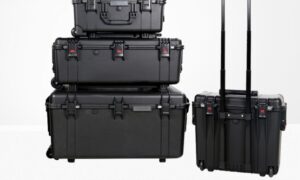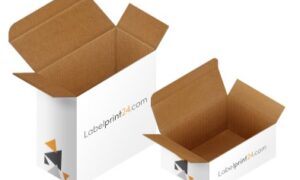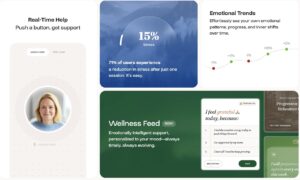Priority one for manufacturers used to be product quality above package design. This tendency has altered recently, and producers now design dependable packaging that is also eye-catching enough to increase sales.
Competition is increased by higher criteria. As such, the packaging business is creating more dependable and appealing packaging options. When shopping in a supermarket or mall, you find yourself lured to things with eye-catching packaging. Presentation is everything in the market today. That affects the quantity of sales in part. You’ve probably encountered goods with eye-catching packaging that makes them stand out from other items.
Importance of Packaging
Items with poor packaging will be ignored by us as consumers. The brain decides what to buy only after the goods we choose satisfy our eyes. Performance is improved, and a brand presence is established in the market at the same time as the package. With its style, colour, and substance, the packaging reveals the uniqueness of a product. It allows a product to shine independent of what other businesses in the market are providing. A product’s attraction is increased, and its superiority over others is marked by its package.
Currently, there are a lot of flexible packaging producers on the market that provide premium materials. Variety in packaging is well recognised to increase sales. To attract possible buyers to a product, a producer has to focus on its beautiful packaging.
The Advantages of Flexible Packaging
Flexible packaging has completely changed the packaging business and offers several advantages that producers have to take into account. Following are some of the main benefits:
- Modifiable Design: You can print straight on flexible packaging, enabling more personalisation and brand consistency, without the need for separate labels.
- Cost-Efficiency: Time and money are greatly saved by flexible packaging. Being less expensive than conventional solutions, it calls for less raw resources.
- Lightweight: Because flexible packaging is lightweight, shipping expenses are lower and handling by customers is made simpler.
- Environmental Impact: By lowering waste, flexible packaging helps the environment and is readily recycled. Its carbon impact is even reduced by the cheap transportation costs.
- Product Safety: The emphasis on safety and quality of flexible packaging ensures the integrity of the product and avoids food contamination.
- Market Appeal: Your brand draws attention from a flexible package. In the face of intense competition, its shelf presence may help companies endure.
Adopting Packaging Standards
Manufacturers should impose certain packaging requirements that correspond with customer tastes and current trends in order to remain competitive in the market. To take into account are the following important criteria:
- Sustainability: Environment worries consumers more and more. Using recyclable and biodegradable materials in your packaging might improve the perception of your company and draw in environmentally concerned clients. Offering environmentally friendly choices as a food packaging provider might help you stand out from the competition.
- Innovation: Packaging has to keep up with technical developments. Effectiveness and attractiveness of packaging may be increased with creative designs and materials used. Smart packaging, for instance, that includes NFC tags or QR codes may draw customers in and provide more product details.
- Compliance: It is crucial that the packaging complies with industry norms and laws. This covers rules governing the environment, labelling, and food safety. Compliance not only keeps one out of legal hot water but also wins over customers.
- Functionality: Consumers should find packaging to be both useful and handy. Resealable closures, simple-open designs, and portion control are just a few of the features that may improve user experience and promote repeat business.
- Aesthetics: A striking means of differentiating a brand is attractive package design. Putting money into distinctive designs, brilliant colours, and excellent graphics will help your goods stand out on shelves and draw in customers.
Case Studies: Packaging Success Stories
Many firms have effectively changed the profile of their products by means of creative packaging. These are some examples:
- Brand A: This company turned to flexible packaging composed of biodegradable materials. Apart from lowering their environmental effect, the new packaging drew a lot of environmentally aware customers, therefore increasing their sales by 20%.
- Brand B: This brand gave consumers engaging experiences by using smart packing technologies. Scanning a QR code on the packaging sent customers exclusive material and incentives, hence boosting customer involvement and loyalty.
- Brand C: This company changed their packaging to include unusual forms and vivid hues. Their goods became more obvious on shop shelves thanks to the new design, which raised sales by 15%.
The Role of Food Packaging Suppliers
Food packaging suppliers are crucial to enterprises satisfying these standards. Manufacturers may access new materials, technology, and design trends by cooperating with a renowned supplier. Professional food packaging companies will customise solutions to fit the goals and market demands of your brand.
Choosing a supplier comes with several criteria including:
- Experience and Reputation: Look for vendors that regularly create excellent packaging solutions. Look for dependability and skill in their portfolio and client reviews.
- Innovation and Technology: Make sure the vendor uses modern materials and technologies. This could provide customers unique packaging and help you ahead of industry trends.
- Sustainability: Select environmentally friendly suppliers with packaging. People are increasingly demanding environmentally friendly products.
- Flexibility and Customisation: Reputable suppliers should provide flexible and adaptable packaging. This helps you create unique and fitting packaging for your needs.
Conclusion: Embracing the Future of Packaging
In order to compete in the modern market, companies must ultimately increase packaging needs. Focusing on sustainability, innovation, compliance, functionality, and aesthetics helps manufacturers create packaging that enhances and raises the appeal and market presence of a product.
Flexible packaging advances sustainability, economy, and product safety. Working with a reputable food packaging supplier helps manufacturers to find original and innovative packaging solutions to meet consumer requirements.
Good packaging shields goods and generates a brand experience that will last with consumers. Following these guidelines helps manufacturers distinguish their products, attract customers, and increase revenue.
Read More From Techbullion And Businesnewswire.com



































